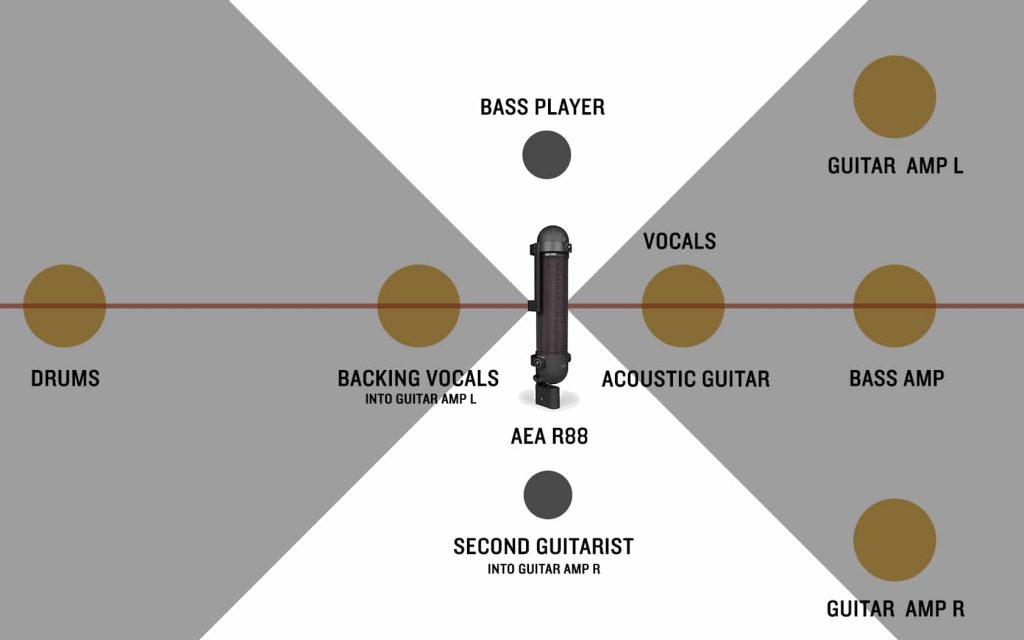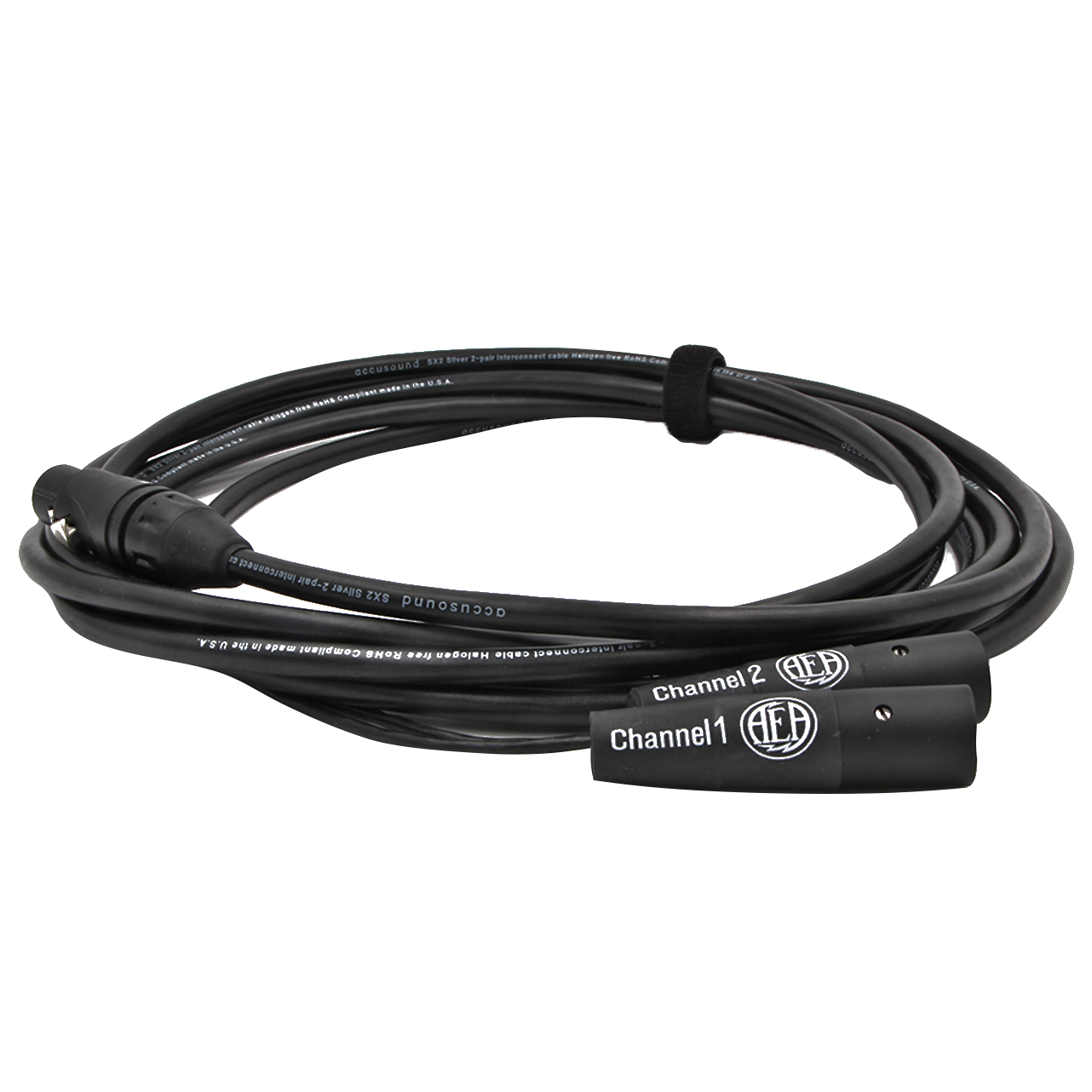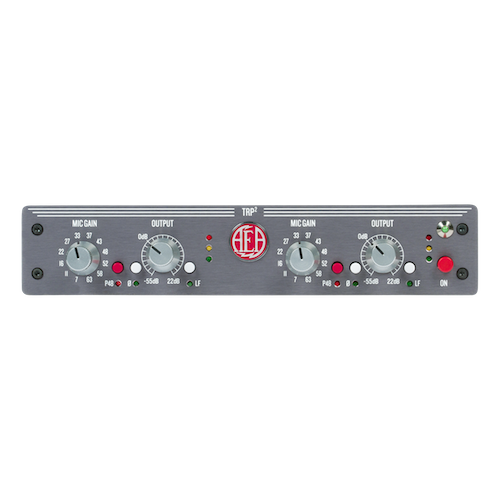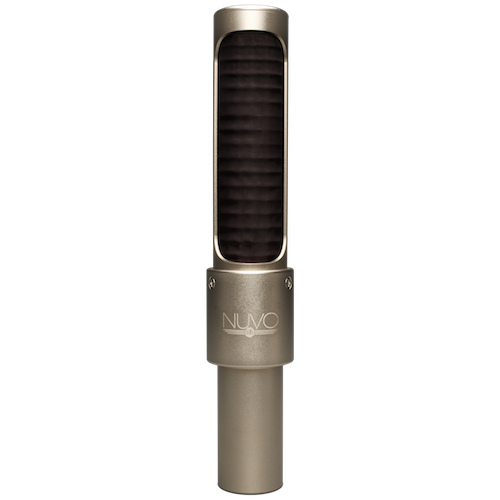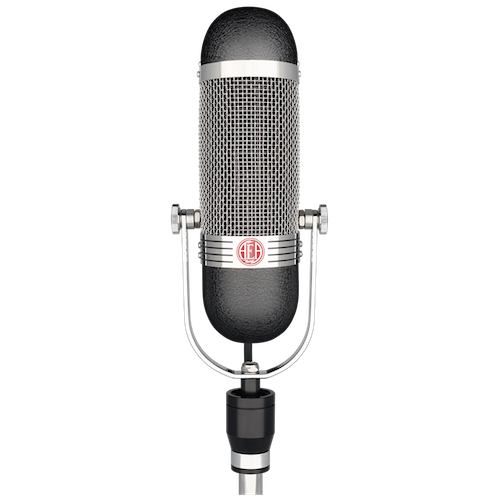In the golden age of live radio, the format necessitated musicians and actors to physically move in and out around a single RCA 44BX ribbon mic to perform vocal solos or read dramatic parts for radio drama. It was a unique form of choreography that allowed ensembles to perform more complex arrangements around the one microphone.
Today, the same logic can be applied when using the AEA R88 stereo ribbon microphone, an extremely flexible stereo far-field mic used by recording engineers as diverse as Vance Powell, Ryan Hewitt, Joe Chiccarelli, and John Cuniberti. The R88 has become an essential, regular tool for their recordings.
The R88 can be used in a myriad of ways — from capturing group ensembles and entire bands to recording drum overheads, pianos, orchestras and the ambient sound of rooms. It is truly one of the most versatile microphones in the AEA line.
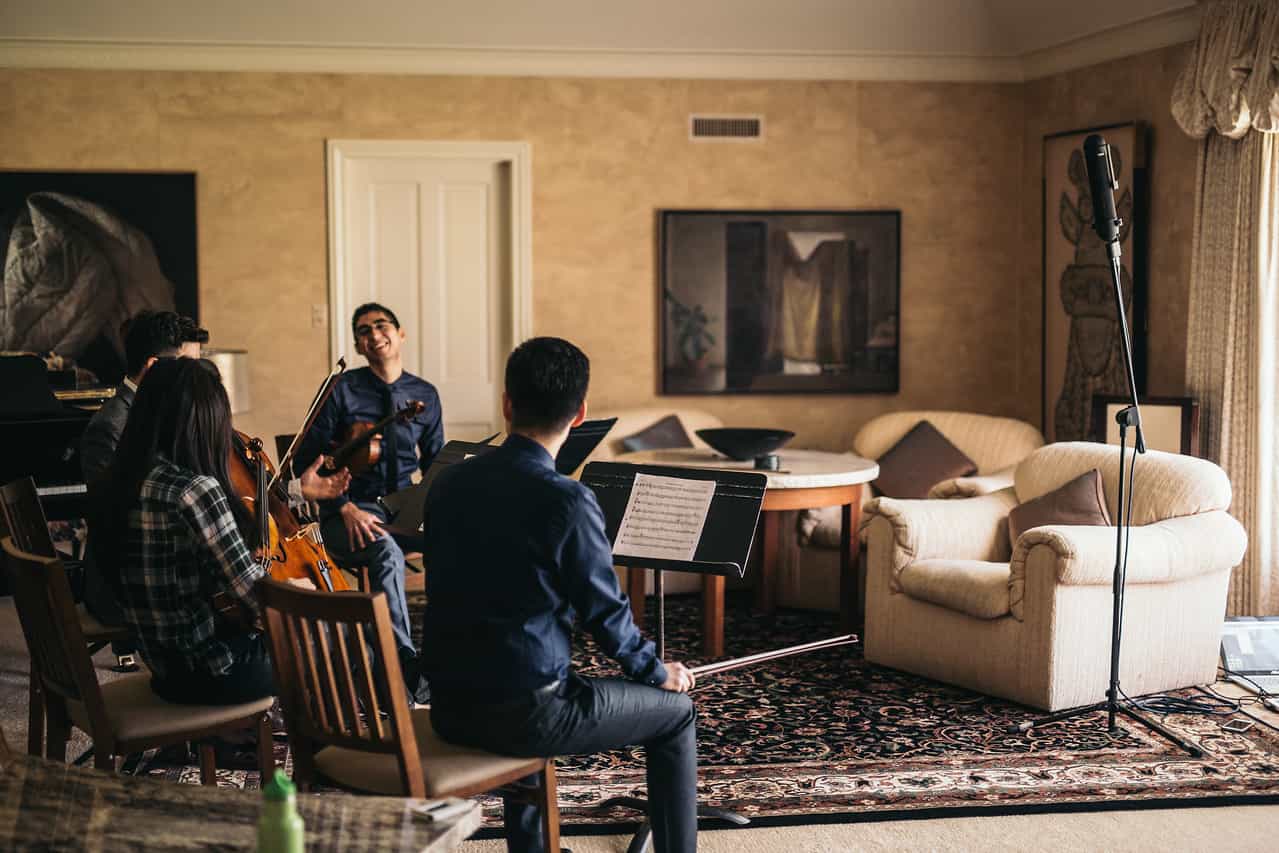
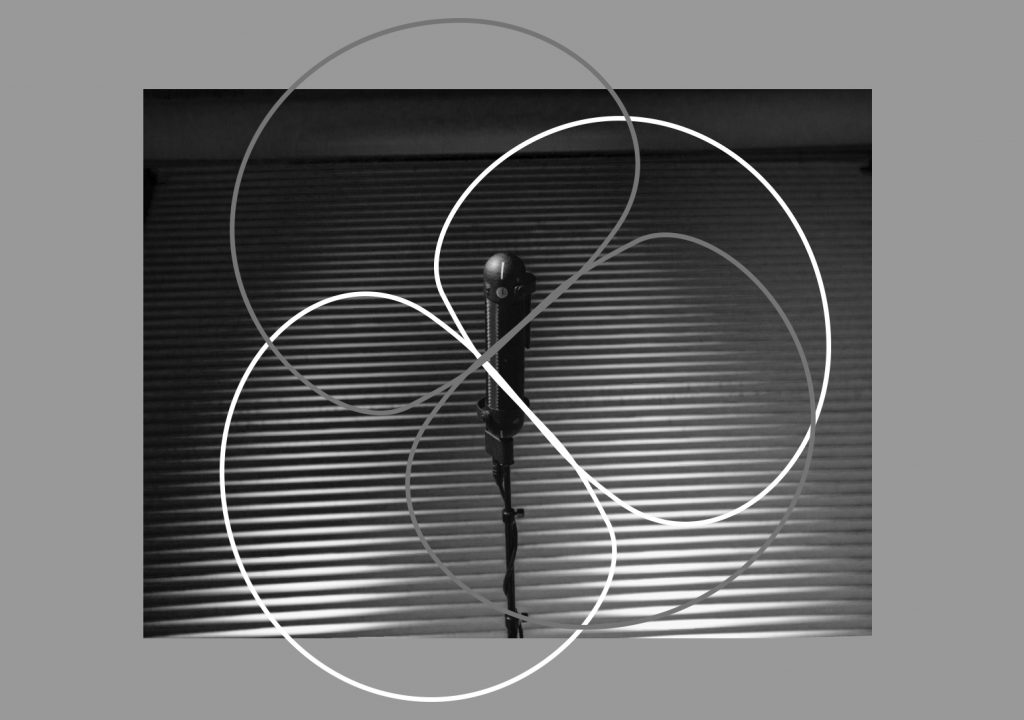 The R88 uses two of AEA’s signature Big Ribbon elements in a perpendicular array and mounted in close proximity to each other along the vertical axis of the microphone. As an alternative to Blumlein’s technique, the R88 can also be used for MS stereo, providing excellent mono compatibility and full control over the width of the stereo image.
The R88 uses two of AEA’s signature Big Ribbon elements in a perpendicular array and mounted in close proximity to each other along the vertical axis of the microphone. As an alternative to Blumlein’s technique, the R88 can also be used for MS stereo, providing excellent mono compatibility and full control over the width of the stereo image.
